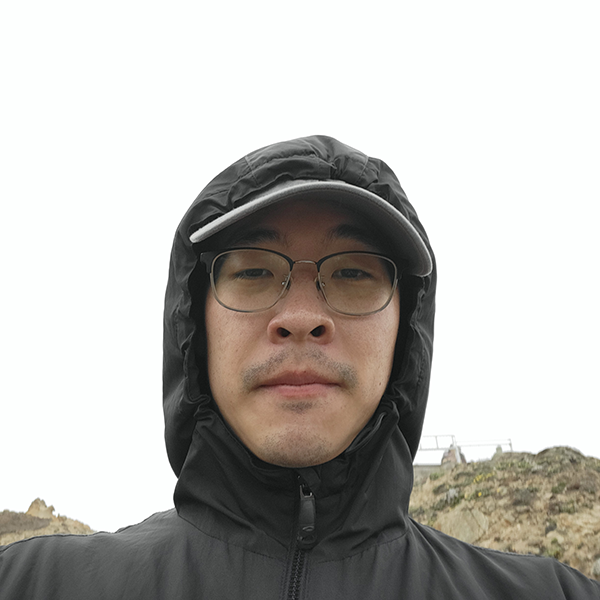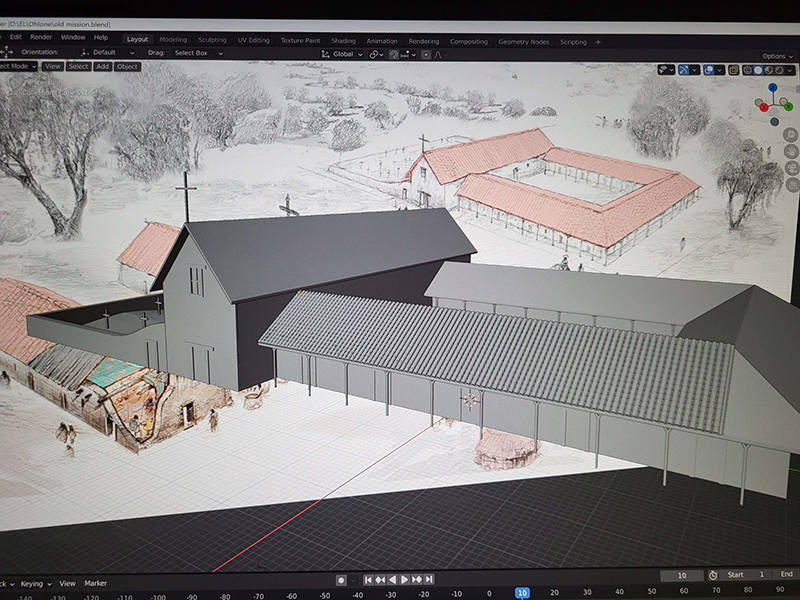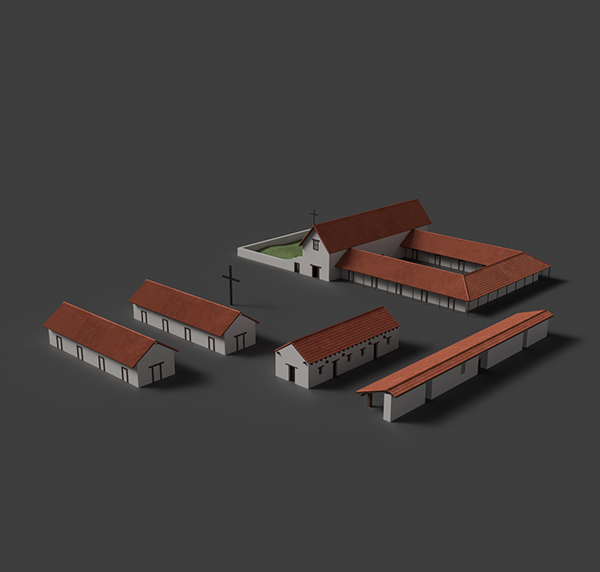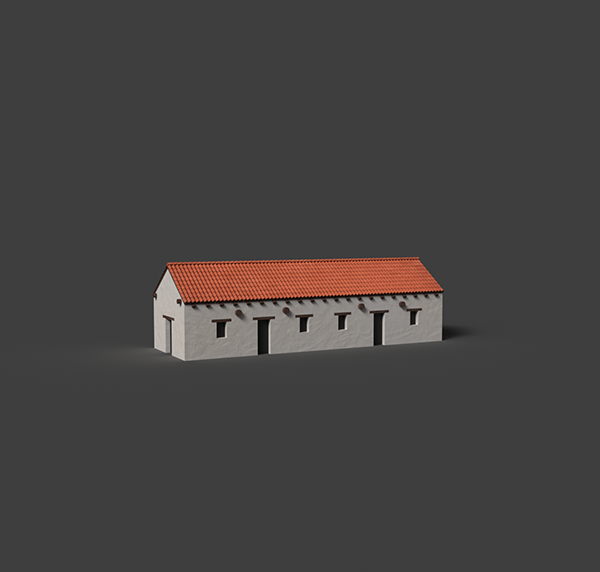
Representing the Ohlone People through AR
By Sarah Stoddard '23
Through the REAL program, Elliot Lee worked on a project using augmented reality to showcase the history and culture of the Ohlone people.
Elliot Lee ’23, a Computer Science major, utilized funds from the REAL program to work on the Ohlone Tribe Augmented Reality Project in the Imaginarium, Santa Clara University’s mixed reality lab space. Before beginning this project, Lee, like many other students, had heard the Ohlone tribes mentioned many times in class syllabi, moments of silence during events, and more, but never knew much about their history or culture. SCU’s campus sits on a small part of the land historically inhabited by the Ohlone people. Today, Ohlone live throughout Silicon Valley and surrounding regions across California, but have not been granted Federal tribal recognition or given a reservation. “I hope[d] to work on a project using 3D modeling and augmented reality (AR) to pair a ‘one-ness’ between the past pain and difficulties that the Ohlone people faced historically and the erasure the community continue to face today,” Lee says. “By recreating their land and customs through augmented reality, I hope to decolonize their story and bring their truth to the forefront.”
After joining SCU as a transfer student in Fall 2021, Lee became involved in the Imaginarium, inspired by his interest in 3D modeling and drawn in by the array of resources available in the space. “The REAL program made it possible to work on a school-related project in lieu of an internship elsewhere,” Lee explains. With funding from REAL, Lee had the opportunity to pursue a meaningful project and build skills he had always been interested in. “I was able to learn so much about 3D modeling, and the adjacent work that goes into it, such as texturing and animating,” he says.
“The project aims to use augmented reality to create a walking tour to bring the Ohlone people's story to the foreground of the land we live and learn on,” Lee explains. “There is a SCU Native History Tour on Google Earth that you can access through your web browser, but AR can help create a juxtaposition between the historical landscape and the campus today. AR has been used before to tell the story of indigenous communities in Canada and Australia, and they found that the interactivity of AR helped build empathy and more of a social presence by existing in the same space as the people.” Lee worked with a team of faculty researchers who have an ongoing relationship with the Muwekma Ohlone Tribe and Ohlone Indian Tribe to ensure the tribes were consulted throughout the process.
Utilizing 3D modeling tools, Lee created models of various physical sites such as the Mission Church and tule houses. These models were then transferred into an AR content creation platform to construct the AR experience. “The most challenging part of the experience was all the trial and error, but getting over each roadblock was really rewarding,” he says. Lee continued to work on the project after his REAL program summer experience concluded. Currently, he is working with Cinthya Jauregui ’22 and Tiffany Nguyen ’26 from the Human Computer Interaction (HCI) Lab on campus to implement his models and their user interface and experience concepts into the AR platform.
Throughout this experience, Lee gained a better understanding of what type of research and lab environment he would like to work in after graduation. He plans to continue expanding his knowledge of 3D modeling as he hopes to utilize these skills in his future career. Overall, the project was a valuable learning experience, and thanks to the REAL program, Lee was able to use this opportunity to both strengthen his skills in 3D modeling and AR and create a project that brings awareness to the story and struggles of a historically marginalized community.



About the REAL Program
The REAL Program provides paid experiential learning opportunities for undergraduate students in the College of Arts and Sciences. Developed to allow students to discover their interests, gain a rich understanding of a particular field, discern their career goals, and explore future employment fields, the program has distributed roughly $2.2 million to more than 550 students across all majors since its inception in 2018. Placements range from non-profit and community service organizations to research labs, governmental organizations, and beyond.